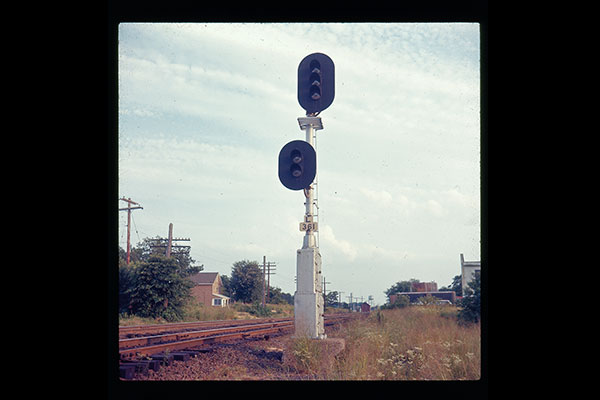I am finally making some serious progres on my new u-shaped layout, and I'm trying to model the CNJ, particularly the NY&LB, so I can also run my Pennsy stuff.
I noticed in seveal photos of the real CNJ, the automatc block signals have the upper and lower heads staggered, which makes sense at night, when you need to know the difference between "stop" and "restricted proceed".
But some of the automatic block signals are 3-over-2, and some are 3-over-3.
I can understand the 3-over-2, since the cycle tended to be "Clear(green over red) , Stop(red over red), Approach(yellow over red), Approach Medium (yellow over green), Clear (green over red again)" as the train progressed through each succeeding block.
So where would the second yellow come into play? I thought maybe if the signals were close enough together a second yellow might be needed to show "Advance Approach (yellow over yellow)", but that by itself doesn't explain why a second green would also be needed on the lower head.
Any thoughts?
Thanks.





